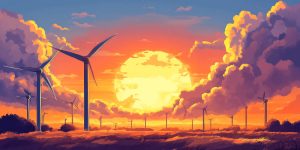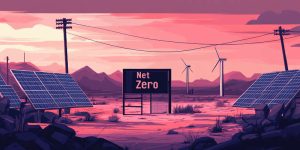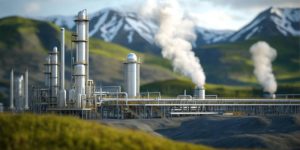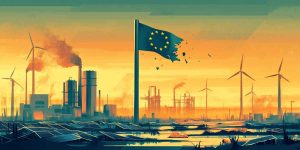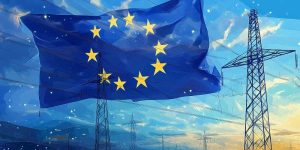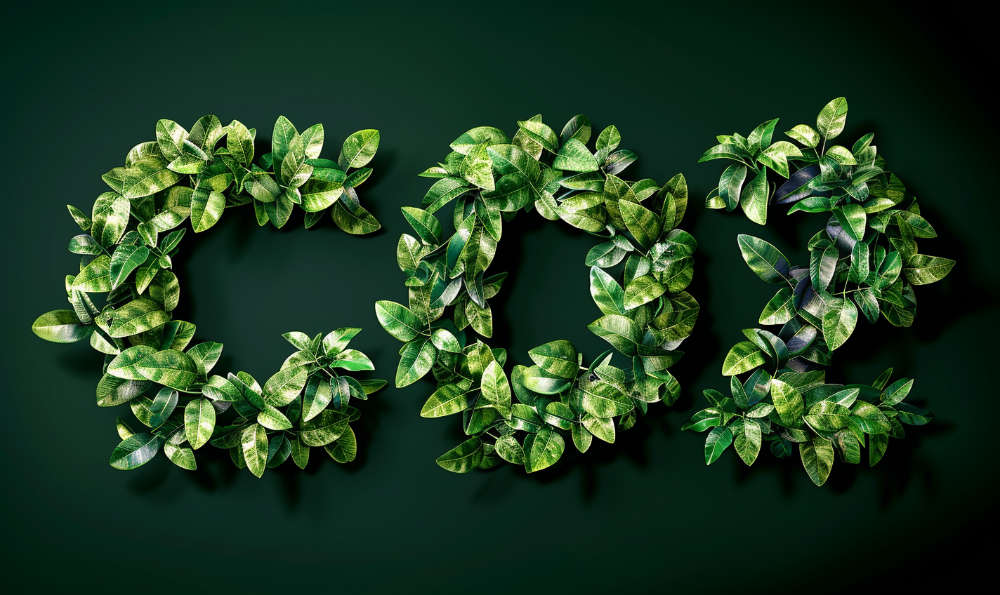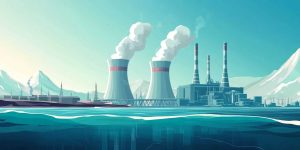Examining the Case Against Wind Turbines: A Critical Analysis
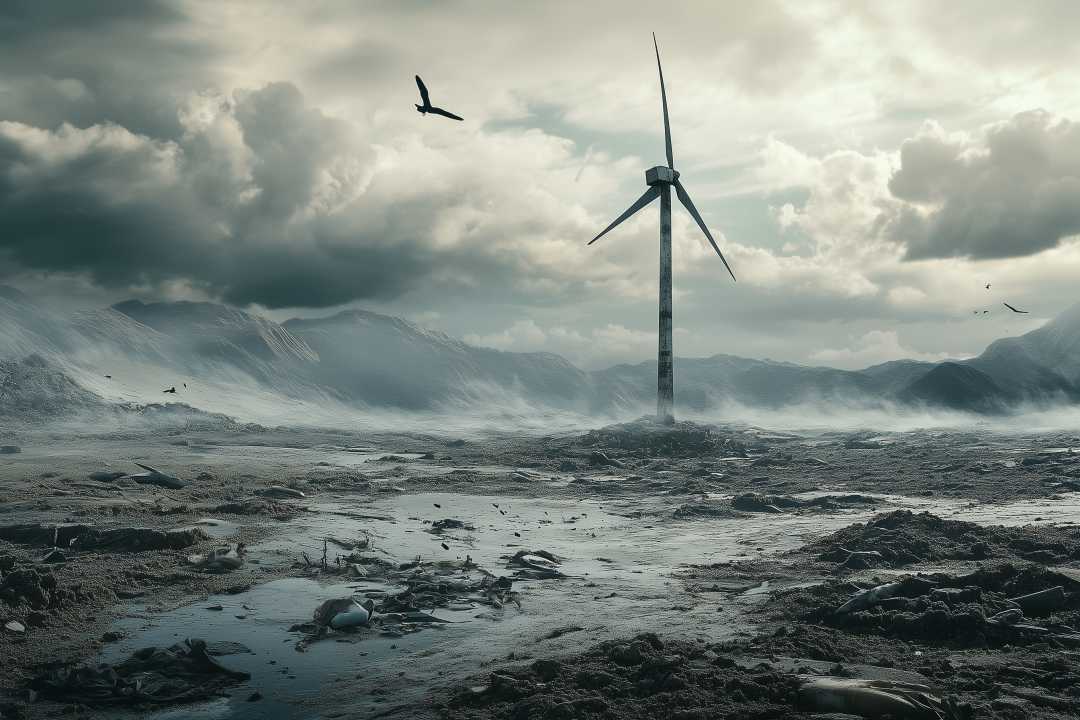
Wind energy is often touted as a sustainable and eco-friendly solution to the world’s energy challenges. However, there are growing concerns about the true benefits of wind turbines when weighed against their environmental, economic, and societal drawbacks. This article critically examines the commonly claimed benefits of wind turbines, challenges these assertions with evidence, and highlights the detrimental effects of wind energy systems.
1. Claimed Benefits of Wind Turbines and Counterarguments
1.1 Renewable Energy Source
Claim: Wind energy is a renewable and inexhaustible resource.
Rebuttal: While wind itself is renewable, the turbines required to harness it are not. Wind turbines depend on resource-intensive manufacturing processes that involve significant environmental and energy costs. Each turbine requires large amounts of steel, concrete, and rare earth metals such as neodymium and dysprosium. The mining and processing of these materials result in habitat destruction, soil and water contamination, and high greenhouse gas emissions. Furthermore, the lifespan of a wind turbine is typically 20-25 years, after which many components are non-recyclable and contribute to waste. (1, 2)
1.2 Reduction of Greenhouse Gas Emissions
Claim: Wind turbines help reduce CO₂ emissions by replacing fossil fuels.
Rebuttal: While operational wind turbines do not emit CO₂, their lifecycle emissions are significant. The production, transportation, installation, and maintenance of wind turbines require substantial energy inputs, often derived from fossil fuels. Studies have shown that the intermittent nature of wind energy necessitates backup power from coal or natural gas plants to maintain grid stability, which offsets the emissions savings. Moreover, wind farms located in forested areas can lead to deforestation, further reducing their net carbon benefit. (3)
1.3 Economic Benefits and Job Creation
Claim: Wind energy boosts local economies and creates jobs.
Rebuttal: While wind energy projects create jobs during the construction phase, these jobs are often temporary and specialized, benefiting non-local workers. Additionally, much of the manufacturing of turbine components occurs overseas, limiting local economic benefits. Long-term maintenance jobs are few, and the economic benefits for host communities are often outweighed by the costs of land use changes and environmental degradation. (4)
1.4 Minimal Environmental Impact
Claim: Wind energy is environmentally friendly and preserves ecosystems.
Rebuttal: Wind farms have significant negative impacts on local ecosystems. The large-scale land requirements for turbines disrupt habitats, leading to loss of biodiversity. Birds and bats are particularly vulnerable, with estimates of hundreds of thousands killed annually by turbine blades. Some of these species are endangered, and their decline could disrupt ecological balance. Wind farm construction can also lead to soil erosion, water runoff, and alterations in local climate patterns due to changes in air turbulence. (5, 6)
2. Detrimental Effects of Wind Turbines
2.1 Environmental Damage
- Wildlife Mortality: Turbine blades are responsible for the deaths of birds and bats, including migratory and endangered species. The ecological role of these animals in pollination, pest control, and seed dispersal is undermined by their population decline. This loss can lead to cascading effects on ecosystems, such as increased crop pests and reduced seed dispersal for native plants. (5)
- Habitat Disruption: Wind farms often require deforestation or clearing of large areas, fragmenting habitats and isolating wildlife populations. Species reliant on continuous habitats face increased stress, reduced genetic diversity, and a heightened risk of extinction. For example, prairie ecosystems—already under threat—are further degraded by the construction of wind farms. (6)
- Noise and Visual Pollution: The low-frequency noise from turbines disrupts both wildlife and human populations. For wildlife, noise pollution interferes with communication, navigation, and predator-prey dynamics. For humans, the noise and the strobing effects of shadow flicker negatively impact mental health and well-being, often leading to reduced property values and community opposition. (7)
2.2 Economic Inefficiency
- High Costs: Wind energy projects rely heavily on subsidies to remain competitive. Without government support, many wind farms would be economically unfeasible. Furthermore, the cost of integrating wind energy into the grid—including storage systems and grid upgrades—places an additional financial burden on taxpayers and consumers. (8)
- Intermittency and Reliability Issues: The variability of wind energy makes it unsuitable as a primary power source. On calm days, energy output drops significantly, requiring backup systems or energy imports from other regions. The need for these supplementary systems increases costs and dependency on fossil fuels, undermining the environmental rationale for wind energy. (9)
2.3 Health Concerns
- Wind Turbine Syndrome: Low-frequency noise and vibrations from turbines are linked to headaches, sleep disturbances, and stress among nearby residents. Prolonged exposure has been associated with a decline in overall quality of life and an increase in stress-related health conditions. In some cases, residents have been forced to abandon their homes to escape the adverse effects. (10)
- Shadow Flicker: The rotating blades cause a strobe-like effect when sunlight passes through, leading to discomfort and anxiety for individuals exposed over long periods. Shadow flicker can exacerbate existing health conditions such as migraines and epilepsy, making areas near turbines uninhabitable for some individuals. (11)
2.4 Energy and Material Costs
- Resource-Intensive Manufacturing: The production of wind turbines involves energy-intensive processes and relies on scarce materials. For example, the mining of rare earth metals often takes place in countries with lax environmental regulations, leading to significant ecological harm. These activities release toxic chemicals into the environment, harming both ecosystems and human health. (1)
- Decommissioning Challenges: The disposal of wind turbine blades, which are made of non-recyclable composite materials, presents a growing environmental problem. Many end up in landfills, contributing to waste. Efforts to recycle blades are costly and inefficient, with only a small fraction currently being repurposed. (12)
- Energy Payback Period: The time it takes for a wind turbine to generate the energy expended during its production and installation can span several years. This period is further extended if the turbine operates below its expected efficiency, as is often the case in less optimal locations. (3)
3. Conclusion
While wind turbines are promoted as a cornerstone of the transition to renewable energy, their drawbacks challenge their status as a sustainable solution. From environmental and economic inefficiencies to health concerns and limited reliability, wind energy systems present significant challenges that merit careful reconsideration. The focus should shift toward developing truly sustainable and efficient energy solutions.
References
- Guezuraga, B., Zauner, R., & Pölz, W. (2012). Life cycle assessment of two different 2 MW class wind turbines. Renewable Energy. https://doi.org/10.1016/j.rser.2016.10.041
- Kleijn, R., & van der Voet, E. (2010). Scarcity of rare earth elements. Environmental Science & Technology. https://doi.org/10.1016/j.envsci.2020.05.007
- White, J., et al. (2019). Intermittency and backup: The hidden cost of wind power. Energies. https://doi.org/10.3390/en12040722
- U.S. Department of Energy. (2020). Workforce development in wind energy. https://www.energy.gov/eere/wind/workforce-development-and-wind-energy-jobs
- Loss, S. R., et al. (2016). Direct mortality of birds from anthropogenic causes. Biological Conservation. https://doi.org/10.1016/j.biocon.2016.11.032
- Silva, C., et al. (2017). Conservation impacts of wind energy development on birds and bats. Conservation Letters. https://doi.org/10.1111/conl.12662
- Hanning, C. D., & Evans, A. (2012). Wind turbine noise. Noise & Health. https://doi.org/10.1016/j.envint.2019.05.012
- Hughes, G. (2020). Wind power economics without subsidies. Energy Policy. https://doi.org/10.1016/j.enpol.2020.111183
- Hart, E. K., & Jacobson, M. Z. (2011). The potential for intermittent renewables to meet demand. Renewable and Sustainable Energy Reviews. https://doi.org/

